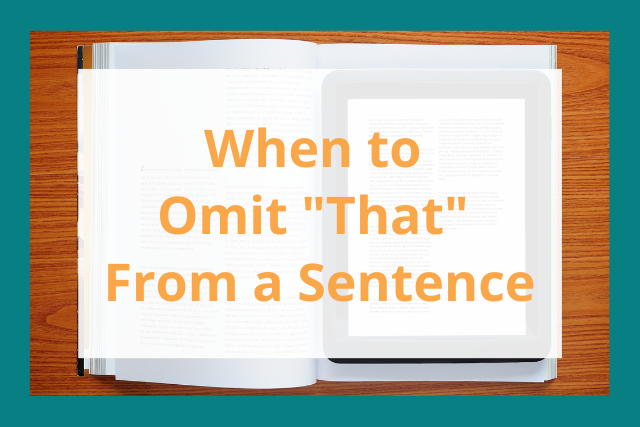
Omitting needless words is always a good practice, and that often falls into this category, especially when you use bridge verbs like say, think, know, claim, hear, or believe.
Consider the following:
- She believes that her husband is picking up the baby from daycare on his way home.
Clearly, we can cut that from this sentence.
Where it gets dicey is when you use non-bridge or transitory verbs. Omitting that can sometimes make your reader go back to the beginning of your sentence to try to understand your meaning.
The reader may have to go over this sentence again:
- Tanesha acknowledges being a member of a minority group may have made it harder for her to find gainful employment and appropriate housing.
This version is clearer:
- Tanesha acknowledges that being a member of a minority group may have made it harder for her to find gainful employment and appropriate housing.
A good rule of thumb is to rely on your inner ear. If the sentence sounds better and the meaning is clearer, by all means use that.
